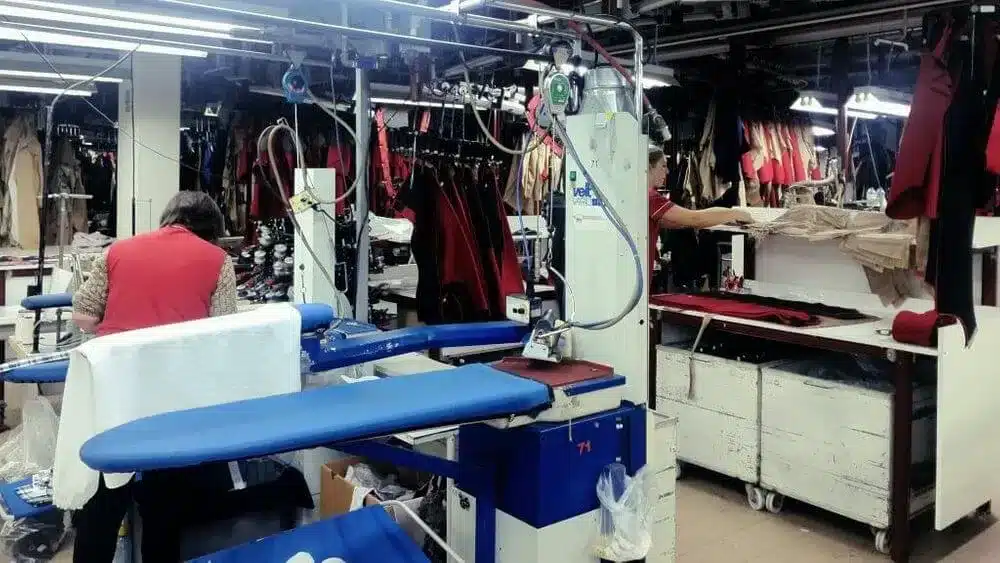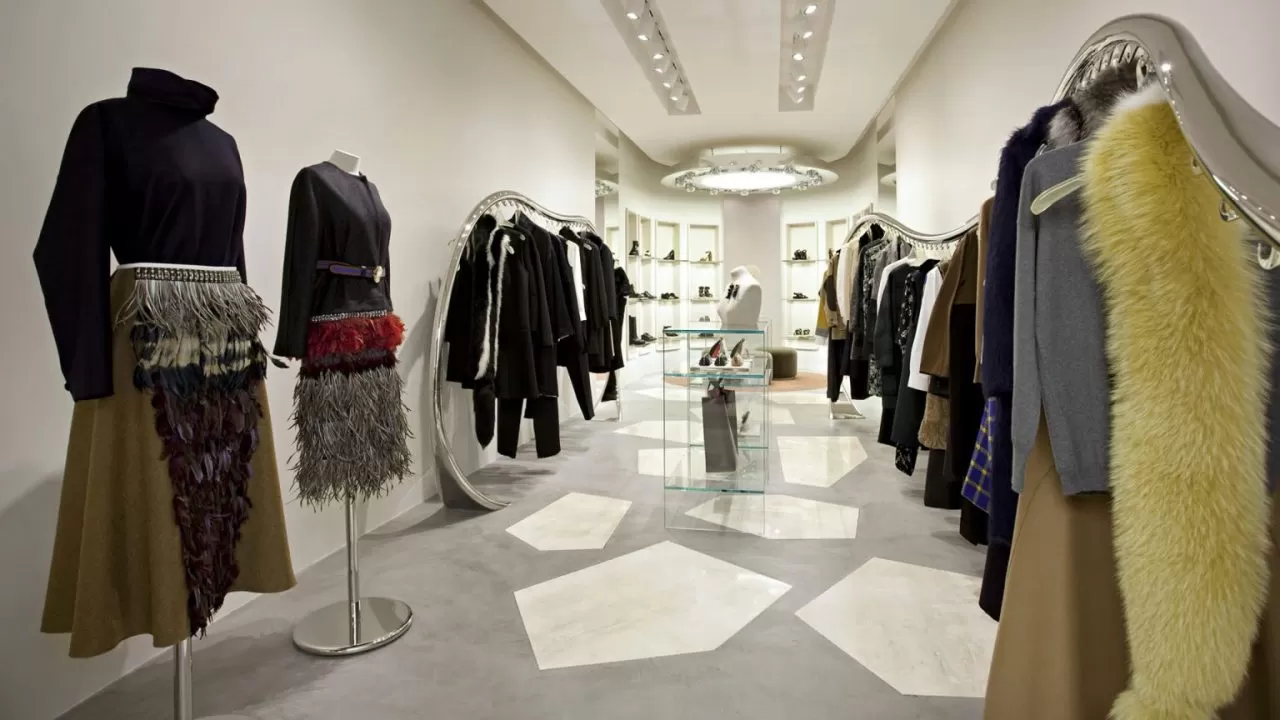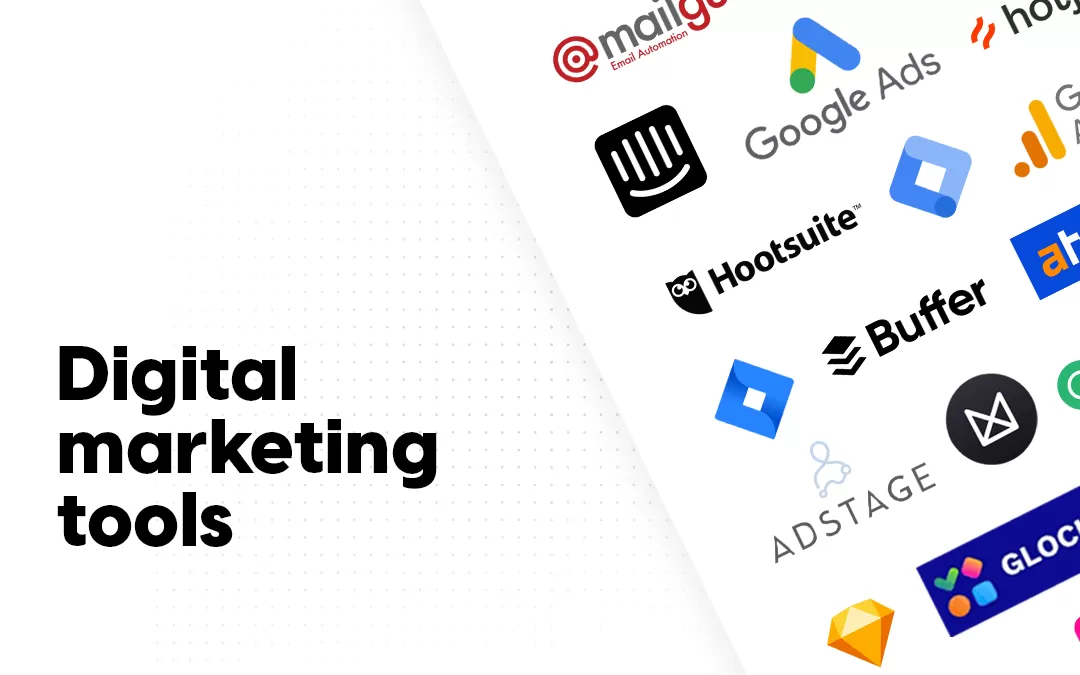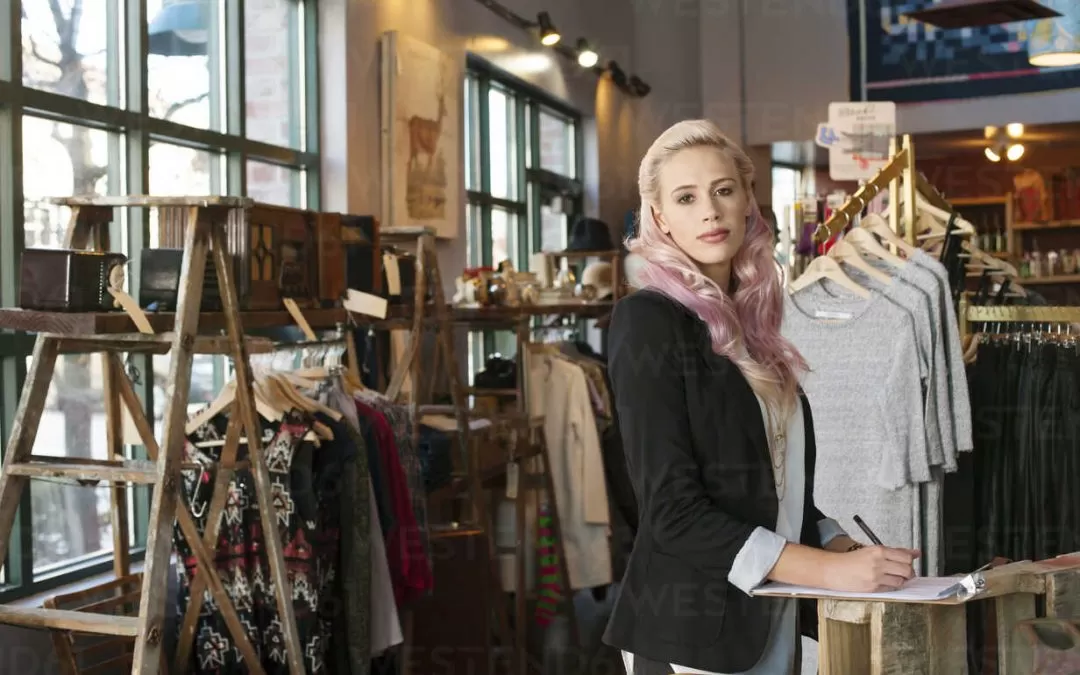The ultimate guide to fashion ecommerce business planning. Beginning a clothing business requires a great passion for clothing design and fashion style. However, to make a successful fashion line that lasts long, you additionally need a specific fashion ecommerce business plan outline.
In the event that you have ever desired to step into the fashion business, you might need to check out this blog for further templates and effective examples about fashion ecommerce business plans.
The market is immersed with offline and online clothing stores. There are low barriers to step into the fashion ecommerce market and, consequently, businesses typically face significant competition in a rapidly evolving industry.
The expenses to develop and provide ecommerce business are relatively low. Consequently, it is anticipated that there would be more competition from the new entrance into the fashion digital market later on. There is likewise the risk that employees or self-employed contractors may leave and begin competing businesses.
The rise of these enterprises could have a material adverse impact on us. Existing or future competitors may better address new improvements or respond more favorably to changes inside the fashion industry and may develop or offer ecommerce services to maximise their customer experience by giving significant innovative, creative marketing activities, price, or different promotions, which would be addressed in the ecommerce business plan.
What is an online ecommerce business plan?
A business plan is a guideline portraying a business, its products or services, how it receives (or will receive) money, its leadership and employing, its financial status, its operations model, and numerous different details fundamental for its success.
This is something other than mental notes. A good ecommerce business plan takes your ideas, questions, and concerns and sets those up as a written record.
As you begin making your business plan, you will before long comprehend that it is over one single piece of paper with handwritten subtleties on it. It is a plainly developed format of how your business will be made, how it will work, and what you expect the future holds as far as an effective fashion ecommerce business.
At the point when you are creating a multi-vendor ecommerce business plan, ensure that you have targeted customers bearing in mind. Is it true that you will search for financial investors or put a kickstarter mission and utilise this as your descriptive stage?
Assuming this is the case, ensure that your business plan includes everything the customers would need to think about your business (and it is not limited!). Numerous customary funding solutions require a business plan to provide you with capital.
Nevertheless, there are other solutions, take Payability’s ecommerce business plan example that has practical experience in ecommerce and do not require credit checks, a business plan, or any complicated paperwork.
How to determine your ecommerce business plan
In the very starting point of the planning stages, it is a smart viewpoint to foster a system for your business model. This eCommerce business plan template will keep on evolving as you make each part, so do not make progress toward an ideal completed plan on the primary attempt. You will make changes to the plan, certainly in progress.
There are numerous approaches to sell items online and distinctive business models to seek after. The specific business model you follow will be one that bodes well with your resources, abilities, and interests.
To prepare for the best eCommerce business plan sample suitable for your items, you need to sort out the following questions:
- What are you selling? The fashion industry could include many different types of items, therefore, you need to focus on one group of products that you think would gain much revenue from the targeted customer that you have chosen.
- Who are you selling to? You need to make a decision whether you are selling to organisations, corporations in the system of B2C or you choose a B2B ecommerce business plan.
- How are you sourcing your products? This step must be the logistic management of your resources, whether you manufacture in-house, or use the third party manufacturer, dropshipping or wholesale. You need to come up with a detailed plan with the most optimal and convenient way to manage your item resources.
After going through these questions, it is time for you to dig deeper into how to write an eCommerce business plan and what needs to include in a fashion eCommerce business plan with some eCommerce business tools in the next part of this blog.
Some method and tools to assist you with creating a fashion eCommerce business plan
After coming up with an overview about how to create any online eCommerce business plan, we will provide you a list of best tools for you to make a deep reference before stepping into writing your own fashion eCommerce business plan.
Print on demand
What is print on demand?
Print on demand (POD) is a printing service that stems from the face of conventional wholesale. Your items are printed when you need them, rather than in mass manufacture before you need them – which means you need not bother with a lot of things to begin a fashion ecommerce business plan and develop your fashion store.
POD is another form of Dropshipping model because POD users will not have to worry about inventory management or shipping and delivery. In a nutshell, Dropshipping is when you connect with a supplier, then post their product for sale, and only when a customer buys that product from your online store, you need to create an order with the supplier, provided to the supplier to deliver the product to the buyer.
This means that you do not need to own the product, nor are you responsible for its transportation, management, and storage. POD is similar but different in that you can submit designs that are self-created and specialized only for prints
Although it is no longer a strange thing in the Vietnamese market, not everyone understands and is right about this model. If you are looking to learn more about the ecommerce market or you are doing business in this market and want to expand into new areas, then these are probably the models that you need to know.

POD has effectively altered the book publishing industry, and with digital innovation preparing for photo quality material printing, the fashion business is not far behind.
In a broader perspective, POD is also known as a dropshipping model, in which sellers do not have to deal with inventory management and shipping. All stages are handled by a third party and the seller does not incur the cost of storing the goods as they are not charged for the goods when an order is received.
How can Print On Demand operate?
Certainly, to understand the whole process when applying the Print on demand (POD) model to the business, there is only one way to actually do it. However, here are some basic steps on how to run a business with a POD model to help you have a simple overview and understanding before making a decision:
Step #1: Create stores
The first step to starting that process is to build your own store. Depending on the Print-on-Demand (POD) platform you use, you can get started right away in one of two ways:
- Integrated an existing store: Print-on-Demand (POD) providers will help you connect to e-commerce platforms and online stores. If you already have an online store, you can integrate it with the POD platform you use and start your business right away.
- Using POD services available on eCommerce platforms: In case you do not own a store on any online shopping platform, choose for yourself a Print on Demand (POD) service provider that allows you to personally create information on your platform. they and they will be sold as also complete the product under your name.
Step #2. Upload the layout design and choose the products you want to sell
Once you have chosen the right Print on demand (POD) platform and have your own online store, the next step is to upload your designs and products to your store. If you use the POD fulfillment service, the choice of product type to sell is entirely up to you. You can sell any product you want, as long as the POD platform you use supports it.
For example, you plan your store to be an online shop selling T-shirts, so you just need to choose the right T-shirt products for sale. On the other hand, if you choose products such as cups, cloth bags, or even masks, you can do the same thing or sell many types at the same time. In general, since this is your store, everything is up to you.
Step #3. Sell your items
At this stage, your store is open to customers around the world and you have your product ready to go to print. If you are using fulfillment services, you can start marketing your products and drive more traffic to your store. In case you use a Print on demand (POD) platform, the platform of your choice will do most of the marketing for you and you can still promote your store by sharing the link to the information page on the website. floor or link your product to customers. Either way, the ultimate goal should be to get people to find your products and pay to buy them.
#2. Custom cut and sew
The term cut and sew is utilised to indicate customization of clothing that has been tweaked from a crude texture instead of one that has been bought from a third-gathering provider and afterward screens printed or modified.
The term is common in the metropolitan style industry, where architects can either have a plan screen printed on pre-made customization of clothing, for example, a shirt or hoodie pullover, or have the whole customisation of clothing made without any preparation.
In the last case, the fashioner of the realistic likewise assumed a part in the making of the piece of clothing itself. Cut and sew customisations of clothing are by and large of better caliber and cost than a standard mass-produced thing.
Cut and sew services are sewing project staff that you employ just to cut and sew your items. Everything they do is make your samples and mass-produce them. Some of the time they additionally can make and print markers and additionally pack and ship your items to customers, yet you will need to ask about this. With a cut and sew process, you are answerable for sourcing and buying every one of the materials and getting them to the production line on time.
The procedure working with cut & sew manufacturing begins with you sending your tech pack, design, sew-by samples, and some sample yardage. The cut & sew would make a pre-production test so you can support the sewing quality thus you can give an accurate manufacture cost. When the sample is approved and a cost is chosen, you will put in your production order the materials required for the order.
#3. Private label clothing
What is private label clothing?
Private label is included in a fashion eCommerce business plan where items, for this situation, clothing, are bought and branded under your own shop’s name. The brand that gives the clothing may give diverse levels of customisation, in any case, there will not be a need to design the products without any preparation. The manufacturer is utilizing its own provisions to create the items yet then marking them with the purchasers’ own branding.
It is an engaging business plan since fostering a brand gives you weight as a seller, and your business can scale as your brand gets known and connected with the design of your clothing. It permits you to stand separated from non-branded products, a major benefit in a particularly jam-packed marketplace.
So, as mentioned above, private labeling includes the assembling of items by an organisation, that are then sold by another under the seller’s image name. These items are frequently nonexclusive-style things that can be handily altered with brand logos and name labels.
During the assembling cycle, your image names are added, and the things become a piece of your organization’s image. Basically, this is the means by which huge business works, yet they frequently own and control the creation of industrial facilities. In private labeling, you are employing the services of another firm, which makes and conveys the garments to you.
Fostering a brand gives you weight as a seller, and your name gets known and connected with the plan of your articles of clothing. It empowers you to stand separated from non-marked products and conceivably implies that you can have your individual plans purchased for life.
A few retailers sell outsider lines and have their own reach, which normally expands possible deals as you are offering a more extensive assortment, and not every person likes to possess large label garments for different reasons.
The benefit of private label clothing in the fashion retail industry
There are many advantages of private labeling, which is obviously why the allure is there. A marked thing will consistently sell for more cash than a nonexclusive non-named piece, regardless of whether your image is noteworthy. In the event that you retail outsider products, you will discover they are still very costly to buy, in any event, for wholesalers so when you sell on the mark up is marginalized.
With private label items, whenever you have paid the assembling costs, the rack costs are for you to choose and you will discover commonly this is a more critical net revenue. Marking is a tremendous advantage, it gives you a personality and degree for development. All brands needed to begin little, however the ones that end up at the top have frequently utilized private naming strategies in the beginning phases.
#4. Dropshipping
Outsourcing clothing permits you to sell on-trend clothes to your clients in an ideal fashion style. At the point when you wholesale clothes, you risk missing out on the trend by not requesting inventory on time. With outsourcing, it can be easy to add and eliminate items from your store. It additionally permits you to eliminate low-performing fashion styles with no expense for your business.
At the point when you wholesale clothes, purchasing some unsuitable styles or inventory can avoid you without regard to style clothing that will not sell. When dropshipping clothes, you can add new things and sell them around the same time putting you ahead of clothing wholesalers. Those are the benefits of choosing dropshipping as one of the factors to enhance your fashion business.
#5. Predictive personalisation
The hot-topic of ecommerce marketing is predictive personalisation which has almost entirely obliterated RoR rate. If your offer promotions and incentives through your marketing and those products sounds brilliant at first glance to your consumers (if you are good at your job), then don’t be surprised to have a hike in your rate of returns. When you include predictive personalisation into your customer care and marketing, it identifies which products each individual is most likely to buy, and keep, next.
The mission critical element is that this is done on an individual customer basis, up close and personal to each and every human-being that makes up your database of customers. Take a look at SwiftERM currently delivering the highest ROI of all Martech companies so far this year.
Beware professional looking sites suggesting they offer offer personalisation, in a recent study most companies offering this are actually offering segmentation, which is actually lumping people into groups, herding people together because it makes life easier, rather than data accurate. But this is not personalisation. If someone called you “you people’ you’d be mortified and offended, so why do it to your customers?
Final Thoughts
Carefully planning is a significant step to get your ecommerce business from the preparation stage to the dispatch stage, and to guarantee its fruitful results in the future.
Going through the examples and templates of composing a fashion eCommerce business plan will solidify your own comprehension of your business and your market. It will likewise position you to make the most of rewarding opportunities while relieving destructive dangers to your business down the line.




